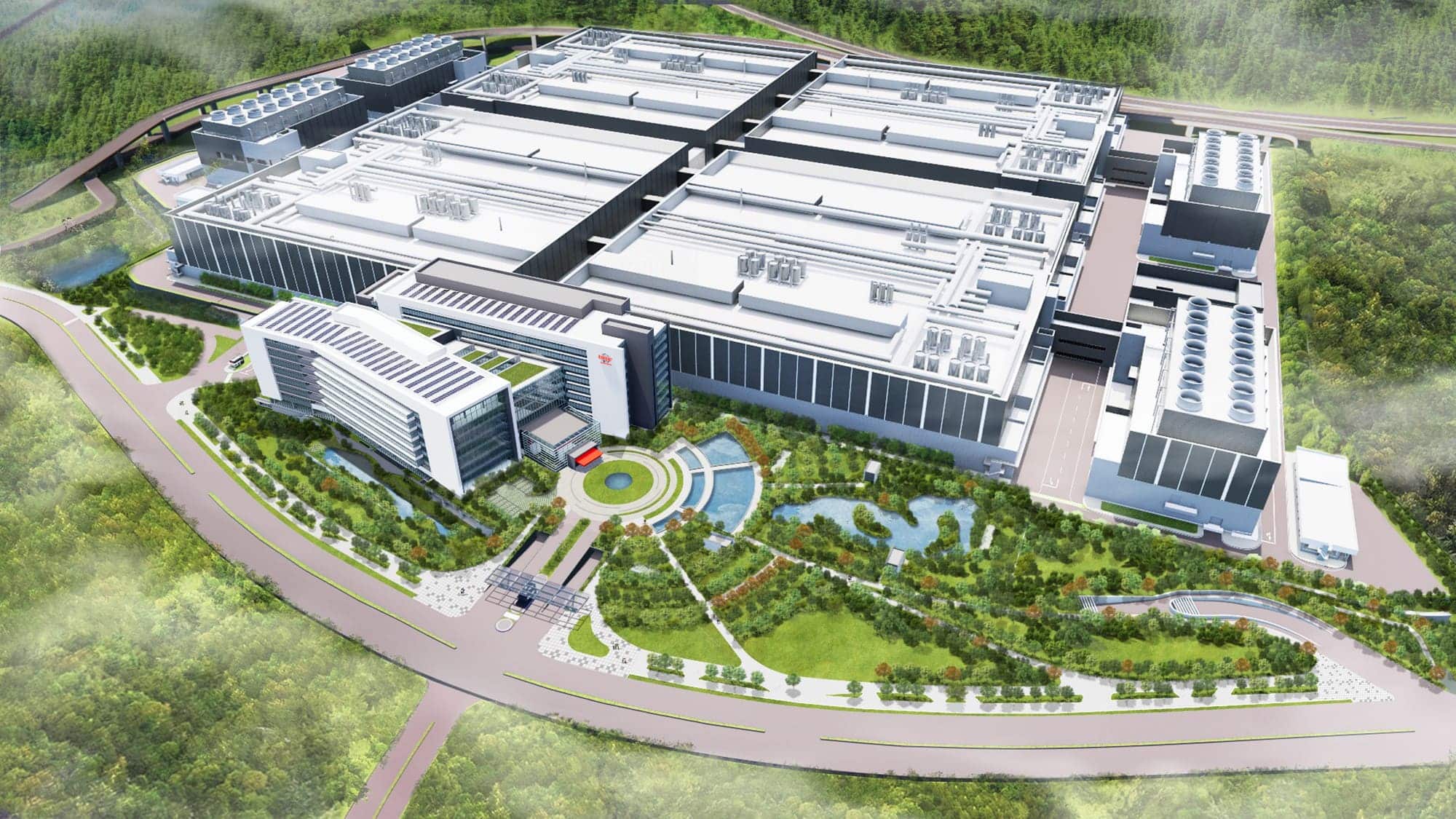Taiwan Semiconductor Manufacturing Company (TSMC) is accelerating its capacity expansion at its Arizona campus: according to industry sources cited by Economic Daily News (UDN), the third plant could enter production in 2027 — a year earlier than previously expected — with 2-nanometer nodes and the “angstrom era” A16 process. The company, when asked, only stated that any progress at TSMC Arizona will be guided by its official statements.
This move aligns with two key vectors pressing on TSMC: the demand from US clients for local manufacturing — especially related to AI — and the political turbulence in Washington, including debates over a 50/50 split of capacity US–Taiwan and the prospect of more aggressive tariffs on imported chips. Accelerating “made in USA” strategies helps strengthen client relationships and mitigate geopolitical risks.
What’s happening now in Arizona (and what’s coming)
During its July teleconference, TSMC outlined several milestones:
- Factory 1 (Fab 21/1): entered mass production in Q4 2024 with 4 nm, achieving performance levels comparable to Taiwan.
- Factory 2 (Fab 21/2): construction completed; will adopt 3 nm technology, with TSMC working to accelerate ramp-up by several quarters driven by client demand in the US.
- Factory 3 (Fab 21/3): construction begun for 2 nm and A16; the industry now anticipates 2027 as the volume production date, a year earlier than planned.
- Factories 4–6: TSMC considers 2 nm / A16 for Factory 4, and even more advanced technologies for Factories 5 and 6, based on customer demand.
Simultaneously, the company’s roadmap puts 2 nm into volume production in Taiwan during H2 2025 and A16 in H2 2026. The acceleration in Arizona reduces the time gap between Taipei and Phoenix.
Why A16 and 2 nm matter (and to whom)
- A16 introduces backside power delivery, a key enabler for density, performance, and efficiency in next-generation CPUs, GPUs, and NPUs.
- 2 nm represents TSMC’s next step in transistor technology, offering improvements in performance per watt for AI data centers, premium mobile devices, and PC AI applications.
Core anchor customers driving these nodes — hyperscalers, GPU/CPU designers, and OEMs — are gaining supply resilience by diversifying supply outside of Taiwan, while also meeting mandates on origin or incentives linked to US policies.
Geopolitics and economics: fewer frictions, more capex
The advance impacts two layers:
- Political-regulatory: with the US contemplating 100% tariffs on imported chips and discussions about relocalization, accelerating Arizona reduces some of that risk. It also bolsters the case that a global supply chain with critical nodes in the US is more resilient.
- Commercial: the AI surge — with strained GPUs/NPUs — demands advanced capacity close to the customer. Less transit and shorter lead times improve planning and speed to market.
However, the cost is not trivial: producing advanced nodes in the US entails higher capex and opex compared to Taiwan. TSMC has noted that the yields in Arizona are good, but full efficiency is achieved only after ramp-up phases.
What it means for Taiwan (and the “50/50” scenario)
Local sources suggest that Taiwan will remain the center of gravity: 2 nm will start there in H2 2025 and A16 in H2 2026. The deployment in Arizona is seen as more of a complementation than a shift. Practically, an exact “50/50” capacity split is not immediate, but an increase in US volume reduces exposure to disruption scenarios.
Upcoming milestones to watch
- Official announcements from TSMC regarding timelines and capacity of Fab 21/3.
- Customer pipeline related to 2 nm / A16 in Arizona (CPUs, GPUs, NPUs).
- Hiring pace and local supplier ecosystem development (materials, facility, equipment).
- Incentives and conditions (CHIPS Act, state-level) and any updates on tariffs.
- Ramp-up of Fab 21/2 to 3 nm (timing and yields) as a benchmark for Fab 21/3.
Conclusion
If confirmed, the early move to 2027 for A16 and 2 nm at the third Arizona plant reinforces TSMC’s message: the diversification of advanced capacity. For the AI era, where leading nodes and advanced packaging set the pace, shifting part of this frontier to the US not only addresses demand but also mitigates risks and builds a trans-Pacific bridge that clients and regulators have been advocating for months. The key, as always, lies in execution: performance, costs, and talent.
Frequently Asked Questions
What nodes will TSMC’s third Arizona plant produce, and when?
Industry sources indicate 2 nm and A16, with volume expected in 2027 — a year earlier than the previously planned 2028. TSMC points to official statements for confirmation.
What is the status of other plants in Arizona?
The first is producing 4 nm since Q4 2024; the second (at 3 nm) has completed construction, with TSMC aiming to accelerate ramp-up; and the third is under construction for 2 nm / A16.
How does this fit into TSMC’s global roadmap?
2 nm enters volume in H2 2025 in Taiwan, and A16 in H2 2026. The Arizona expansion aims to reduce the time gap, enabling advanced manufacturing for US clients ahead of 2028.
What role do tariffs and US policies play?
Speeding up “made in USA” mitigates tariffs and responds to pressure for local capacity. It also enhances supply chain resilience for AI chips and high-performance components.
via: money.udn

